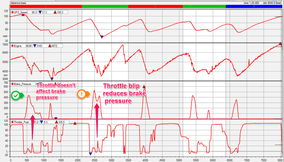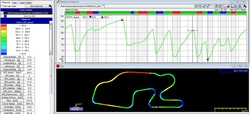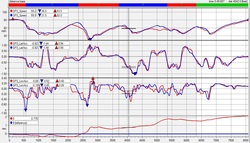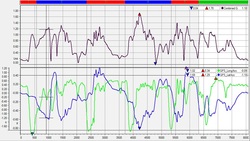
One spot to pay attention to is the consistency of how the brake pressure is bled off and how smooth this release of brake pressure is. This first graph shows a good release and a release that could use some work. It's important to work on the skill of keeping consistent and smooth brake pressure throughout the release, especially when blipping the throttle in heal and toe downshifts.




 RSS Feed
RSS Feed
